Art and Mystery in Zamora: the Romanesque church of San Claudio de Olivares
Outside the ancient medieval walls and also located just a few meters beyond the old bridge, the church of San Claudio de Olivares also induces a moment to stop and get carried away by that seductive Muse that is always speculation.
Away from the humble constitution of its neighbor, the church of Santiago de los Caballeros, in San Claudio de Olivares, we find the vision of a solid temple, whose exterior sculptures, although affected by the impassive action of time and erosion, they show some messages that help us understand, at least to some extent, how everyday life was going on in that dark Middle Ages in which the stonemason workshops lifted it, surely with more means than those available for the construction of the neighboring temple of Santiago.
The seasons where sowing and harvesting occur, the typical slaughter of the pig and even where it is determined on what is the most appropriate time to initiate war actions - generally, in spring and summer - and the subsequent rest with a good Household fire in the harsh winters, they are conveniently collected in the graceful images that make up the monthly ones that are noticed in its main entrance porch.
A portico, in which we also see references to the different workshops and guilds and where there is no lack of allusions to music - associated, however, at that time, to the licentious life - that given the situation of the temple, is practically in front of the imposing cathedral - well visible the tower and the wonderful dome that characterize it - not far, either, from the palace where the Cid Campeador is supposed to be housed, from the so-called Portillo de la Traición and from the Doña Urraca castle.
With this background, they should not be surprised that Zamora has been one of the great medieval villages and that there are innumerable details and legends that make it a city with a history not only ancient, but also complex, which would fill by itself a thick volume of exciting facts, whose echo is felt by these ancient monuments, of which there is so much left over.
It is also true, as I have insisted on other occasions, that when one tries to deepen in a peculiar artistic style, such as Romanesque art, one does not take long to conclude that, in the same way as that great critic thought. Art historian, who was the Italian Enrico Castelli about that throughout these times and in later times one could speak of painters-theologians, observing certain sculptural representations of the interior of this church of San Claudio de Olivares, I have always had the feeling, that following Castelli's reasoning, there were also, especially in the late Middle Ages, stonecutters-theologians, with the difference that instead of using the fragile brushes, they used the mace and chisel to present an interesting part of those elements, supposedly fantastic or mythological, of which the great Swiss psychologist CG Jung said he had to be treated like patients.
Because leaving aside the old topic of as much centaurs, as harpies, as mermaids were representatives of something as ambiguous as sins and lusts, their presence, in places as close to the altar, as in this case, went much further and would tend, from a psychological point of view, to be containers of that part of our primitive consciousness - or if you prefer, of that reptilian heritage - easily motivated by the fierce prerogatives of the most basic and wild, thematic instincts that, although they do not believe it, They are currently applied not only in the social field but also in the business field.
But if this is a detail that can really surprise us, especially if we are used to thinking about the Middle Ages as in an era that shone particularly for its obscurantism, it is still interesting to check the style, precisely of these sculptures, and comparing it with certain similar elements found in Asturian churches, to understand what could have been part of the quarry's itinerary or of the stonecutters' workshops that raised this church and observe, that after all, the opening of the old communication channels, which recovered again with The Way of Saint James or Way of the Stars, were the best vehicle of communication and the reestablishment of a cultural world that seemed totally dejected after the fall of the Western Roman Empire.
Review, finally, the presence of two saints of the roads, very particular: San Antón, bearer in his robe of the Tau cross and reference in terms of the cure of a terrible disease, such as the so-called fire of Saint Anton and another character, that far from being the popular San Roque, although like him, is dressed as a pilgrim and accompanied by the dog and bread, shows a wound on his shin to indicate that it is San Lazaro, patron of the lepers and the presence in the place of both, denotes another aspect that made Zamora a great village in medieval times: the existence of hospitals and lazarets to meet the large traffic of pilgrims who were heading to Santiago de Compostela and even beyond, to the misty Coasts of Death and Finis Terrae or End of the World.
NOTICE: Both the text and the accompanying photographs are my exclusive intellectual property.
.jpg)
View this post on TravelFeed for the best experience.
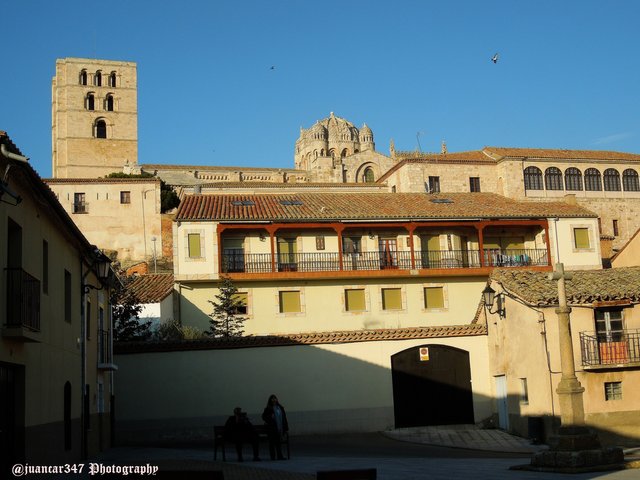
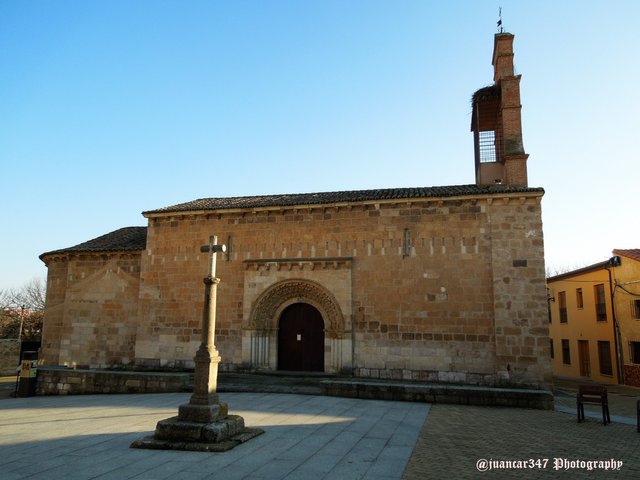
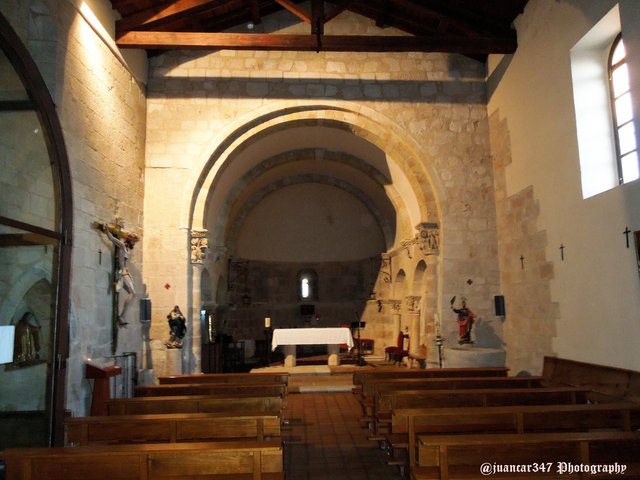
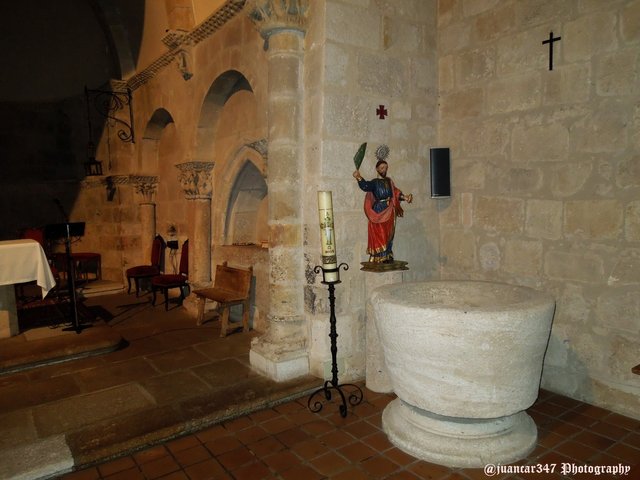
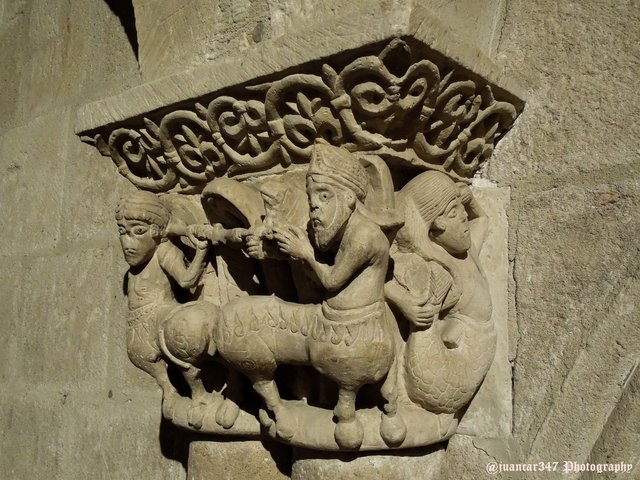
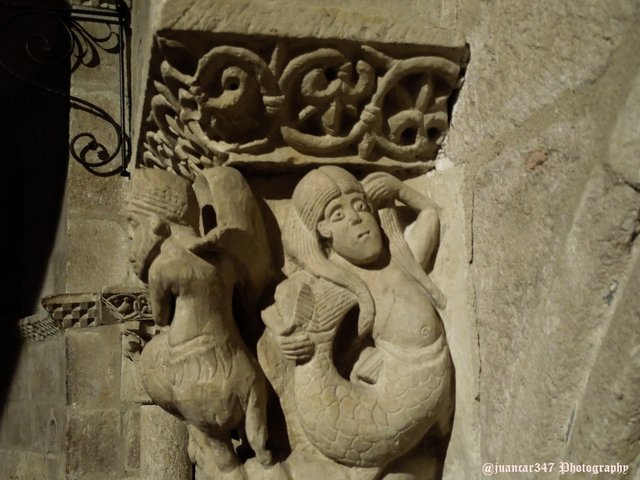
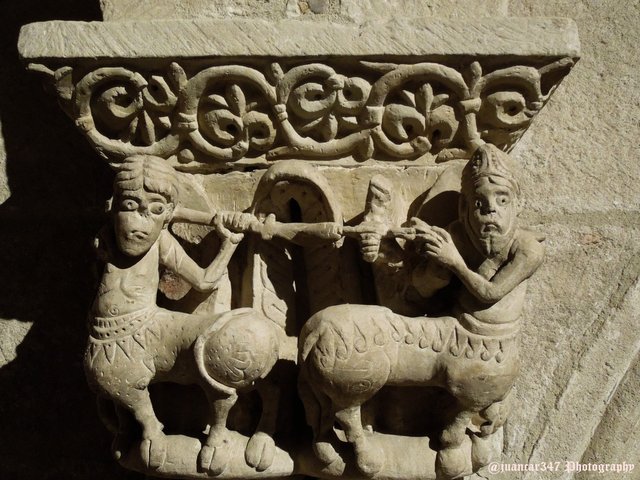
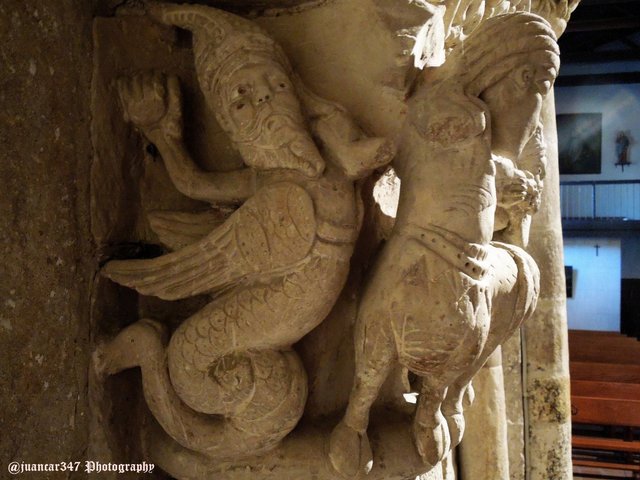
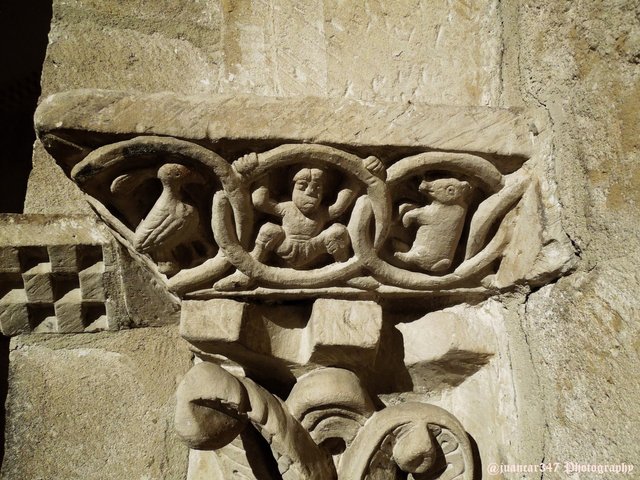
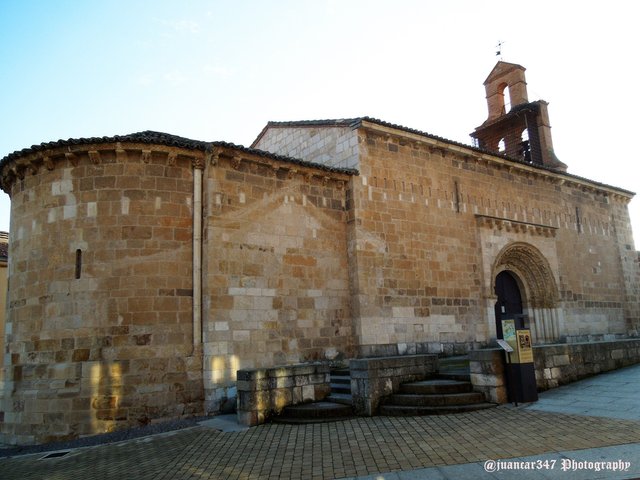
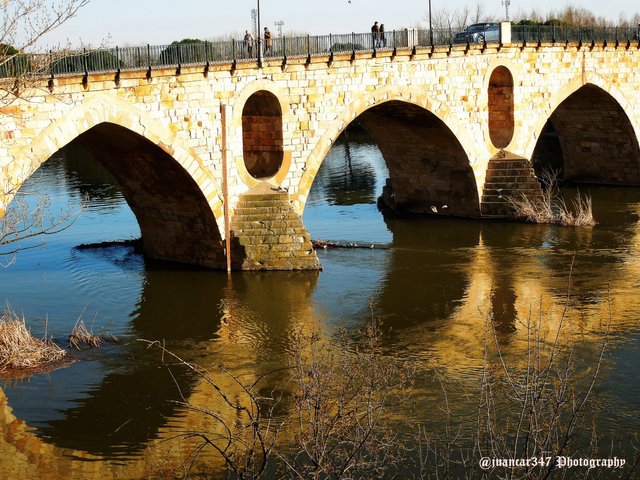
Congratulations! Your high-quality travel content was selected by @travelfeed curator @mrprofessor and earned you a reward, in form of an upvote and a resteem. Your work really stands out! Your article now has a chance to get featured under the appropriate daily topic on our TravelFeed blog.
Thank you for being part of the TravelFeed community!
Thanks for posting through TravelFeed.io! You have received a larger upvote from us. We hope to see you soon on TravelFeed.io!
Posting through TravelFeed.io also makes your post eligible to participate in the travel writing contest by @invisusmundi where you can earn up to 100 STEEM! Read the contest announcement for more information on how to participate.
We are continuously working on improving TravelFeed, recently we presented at SteemFest⁴, published our Android app and launched our Steem witness.
Please consider voting for us as a witness. If you're not sure how to do that, it's easy: Head over to our Support Us page and hit the witness voting button to vote with Steem Keychain, or Steemconnect if you are not a Keychain user. Alternatively, use this Steemconnect link or head over to the Steemit Wallet and enter travelfeed in the box.
Learn more about TravelFeed by clicking on the banner above and join our community on Discord.
Thank-you very much
Thanks for tour in the church
@tipu curate
Upvoted 👌 (Mana: 0/15)
Thanks
I'm happy if you like it. Thank-you very much
Congratulations, Your Post Has Been Added To The Steemit Worldmap!
Author link: http://steemitworldmap.com?author=juancar347
Post link: http://steemitworldmap.com?post=art-and-mystery-in-zamora-the-romanesque-church-of-san-claudio-de-olivares
Want to have your post on the map too?
Thank-you very much